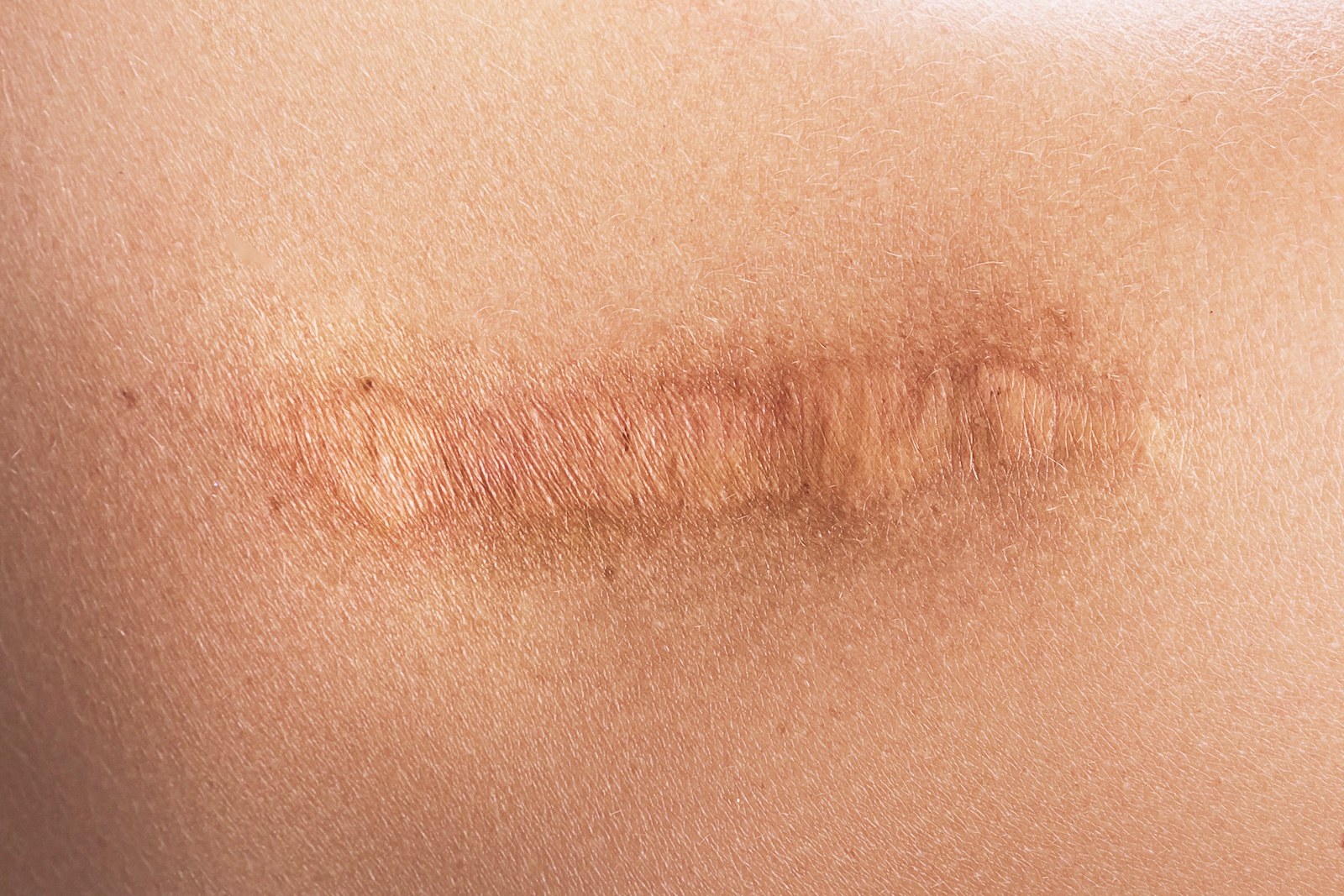
Total Disc Arthroplasty (TDA) is also known as total disc replacement. It involves the removal of damaged spinal discs, which are then replaced with artificial ones that are more durable. Your doctor will recommend a TDA if your disc is severely damaged or out of place to a point where it can’t return to where it should be through physical therapy.
TDA is often used as an alternative to spinal fusion. Not only is it less invasive, but it drives better results. TDA can give patients back their range of motion and maintain their mobility levels after the healing process is complete. If you suspect that your spinal disc is damaged, learn more about TDA. This can better prepare you for surgery and can help you ask your doctor questions so you feel confident about the procedure.
Understanding Total Disc Arthroplasty
Each of your vertebrae is protected by spinal discs that serve as shock absorbers and padding between each bone. These discs allow your spine to bend and twist without one vertebra rubbing against another. During a TDA, the surgeon removes the damaged or broken disc that can no longer protect the surrounding vertebrae. This creates a gap that needs to be filled.
Historically, surgeons would connect the two vertebrae to prevent them from painfully knocking against each other – which is known as spinal fusion. The patient wouldn’t be as flexible as before because the bones would now be fused into a straight line. However, modern researchers have created artificial discs that replace the ones doctors remove. This is what occurs with TDA. With a new, artificial disc in your spine, your vertebrae are protected and you can enjoy a greater range of motion than you would if the bones were fused into place.
TDA can be performed in the cervical (neck) or lumbar (lower back) region of your spine. There are different types of spinal discs that utilize different materials. You might have a metal or medical-grade plastic disc replacement in your body.
Benefits and Advantages of Total Disc Arthroplasty
There are several reasons why your doctor might recommend a TDA over other forms of treatment. The main benefit is the restoration of natural motion and flexibility in patients. It is possible to make a full recovery after this procedure where you can confidently bend over and lift heavy items without pain – just know that every patient is unique and success rates vary based on the person, operation, and rehabilitation process.
This operation also has a limited impact on the adjacent spinal segments in your back. Only the broken spinal disc is affected. This is different from a spinal fusion operation where the adjacent discs get additional stresses because of lack of motion at the fusion thus increasing the speed of degeneration of the adjacent disc.
TDA is also perceived as less risky to the patient. The incision is smaller, which reduces the chances of infection. A smaller incision and advances in technology can also lead to faster procedures, which is ideal for patients who are under anesthesia. In the long run, patients can experience fewer post-operative complications and can focus more on the recovery process.
Candidates for Total Disc Arthroplasty
While TDA is a revolutionary operation, it is still surgery and comes with risks. Your doctor will work with you to determine whether you are a candidate for this option. The process starts with an initial meeting to review your medical history. Your doctor wants to understand the potential risk factors facing your body if you move forward with the operation. For example, patients with pre-existing conditions or other spinal complications might not be candidates for TDA.
Then your doctor will move forward with a physical exam and imaging tests to look at your spine. They want to confirm that the source of your pain is caused by a damaged spinal disc that needs to be removed.
Even if you are a candidate for TDA, your doctor might recommend a series of non-surgical treatments first. These can range from physical therapy and heat treatment to epidural steroid injections.
Recovery and Rehabilitation after Total Disc Arthroplasty
Like most operations, motion and activities will be limited for the days immediately following surgery. Your doctor will prescribe you pain medication for the first few days but you should be able to drop to generic pain treatment (like Tylenol) within a week. Avoid showering for the first few days and keep the incision dry and clean.
You will need to set aside at least two to three weeks for the recovery process. After your two-week check-up, your doctor might clear you for certain activities like driving, swimming, and light work. Full recovery from TDA can take anywhere from four to six weeks.. You cannot rush this process.
Your doctor might also recommend physical therapy and exercises after TDA. A physical therapist can help you stretch your back in a safe manner while building back your range of motion. You will likely attend these appointments for a few weeks after surgery and can continue PT activities on your own for a few months after.
Your doctor will schedule multiple follow-up appointments after the operation to confirm that your range of motion is improving and your pain levels are dropping. These are signs of success. With each appointment, they can clear you to do more activities if you are recovering at a good pace.
Success Rates and Long-Term Outcomes of Total Disc Arthroplasty
Each patient has their own recovery needs and processes. However, studies are starting to compare the long-term success rates of these operations. One study of 152 patients found that 38% of patients who underwent TDA were pain-free five years after the operation. Only 15% of spinal fusion patients could say the same. Of the patients who reported some back pain, those with TDA reported lower levels of pain following the recovery process compared to those who underwent spinal fusion.
There are several factors that determine the long-term success of patients. These include any pre-existing conditions, the health of the patient before the operation, the success of the operation by the surgeon, and the dedication to recovery by the patient. A patient who keeps up with their physical therapy exercises will likely have a higher recovery rate than one who does not.
If you are a candidate for TDA, work with a surgeon you can trust. Dr. Todd H. Lanman is one of the leading practitioners of TDA in the country. Not only does he have a proven track record of helping patients, but he has experienced this surgery himself. The right doctors will do their best to ensure your safe and successful recovery.
Learn More About TDA
Doctors are constantly looking for safer, more effective procedures to help their patients. In the coming years, TDA is expected to replace spinal fusion as one of the most trusted ways to treat broken spinal discs. This procedure is less invasive, has higher rates of success, and can restore a patient’s range of motion.
You don’t deserve to live every day in pain. If spinal discomfort prevents you from moving, working, and enjoying life, contact Dr. Lanman. He is an award-winning spinal neurosurgeon with a 30-year track record of helping patients overcome their back pain. He can identify the source of your discomfort and develop a treatment plan that works for you. Reach out to Dr. Lanman’s office today and make an appointment for your future.
Frequently Asked Questions (FAQs)
Can TDA be performed on multiple spinal levels?
It is possible to complete a TDA on multiple spinal levels (which means multiple discs are damaged). The procedure might be more complicated as the surgeon has to remove and replace multiple discs, but it is feasible.
With spinal fusion, multiple vertebrae would need to be fused together to achieve this, which would further limit the patient’s range of motion. However, a multi-level TDA shouldn’t negatively impact a patient’s ability to move around after the recovery process.
What is the recovery time after Total Disc Arthroplasty?
The recovery time for TDA is faster than spinal fusion, but you still shouldn’t rush this process. It will be several weeks before you can return to your favorite activities and your spine will be healed. However, you should be able to walk around within a few days and resume light work within a couple of weeks.
How long do artificial discs last?
The artificial discs used in a TDA are meant to last throughout your life. These discs will last at least 10 years for 90% of patients. In simulated studies, most artificial discs lasted up to 40 years with the potential to last up to 100 years. While there might be some cases when you need to replace your artificial discs, a TDA is a long-term solution for spinal pain.
Can you live a normal life after a disc arthroplasty?
Yes. Many people are able to resume work and their favorite hobbies after a TDA. If you gave up a few activities because of your pain, you might be able to resume them within a few months of surgery. Remember that every patient is different and your doctor will clear you to do these activities when they think you are ready.
How long is the hospital stay for disc arthroplasty surgery?
In most cases, TDA is an outpatient procedure. Many patients are able to check into the surgical clinic in the morning and return home later that afternoon or evening. There might be some cases where a patient stays overnight, but they should then return home the next day. This process allows you to recover in the comfort of your home where your loved ones can care for you.
Ready to reclaim your life? Get in touch with Dr. Lanman Today.
FOLLOW US ON SOCIAL MEDIA | @ADRSPINE




